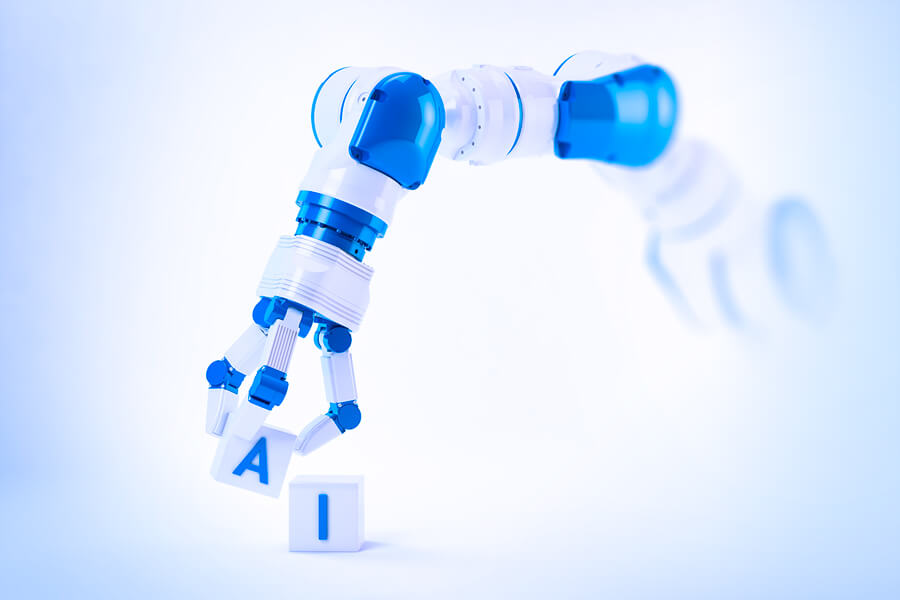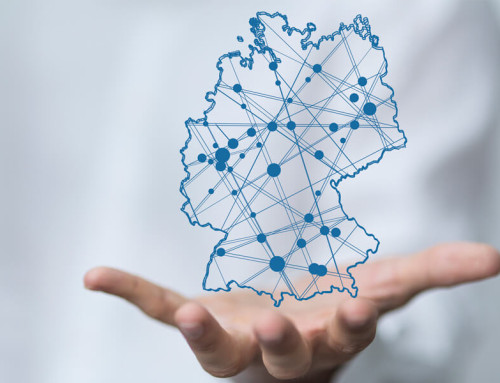How do intelligent speech applications work?
Intelligent speech recognition and artificial intelligence (AI) offer a variety of opportunities in the tourism industry to improve customer service, enable personalized experiences, and increase operational efficiencies. The use of Open Data, i.e. freely accessible and open data sources that are available in the form of a Knowledge Graph, makes these technologies even more powerful and more extensively used.
The speech applications are based on artificial intelligence and machine learning. They use this technology to understand, interpret, and respond to natural language. The basic steps of how these applications work include:
- Natural Language Understanding (NLU)
In this step, the speech application analyzes the input speech text and extracts relevant information such as keywords, intentions, and entities. NLU models use machine learning to understand the semantic meaning of the text and identify the user’s intent. - Knowledge Graph Query
After the application parses the entered text, relevant entities are identified and searched in the Knowledge Graph to retrieve more information. Relationships between entities help to better understand the context and provide more accurate answers. - Response generation
Based on the results of the speech understanding and knowledge graph query, a response or action is generated and presented to the user. The response can be either in text form or as a spoken response via text-to-speech.
Language application in the GNTB’s Knowledge Graph
What are the advantages of Knowledge Graph based language applications?
Integrating a Knowledge Graph into intelligent speech applications provides an enhanced user experience and opens up opportunities for innovative and powerful speech interactions. These include:
- Comprehensive and context sensitive answers
The Knowledge Graph enables the speech application to develop a deep understanding of the topic and context. This provides comprehensive and context-sensitive responses to user queries. - Structured data query
With a Knowledge Graph, entities and relationships are efficiently queried, allowing the speech application to quickly and accurately find relevant information. - Advanced Functionality
By using a Knowledge Graph, speech applications go beyond mere answers and handle complex tasks such as running linked database queries. - Scalability and flexibility
Knowledge Graphs are scalable and can be constantly updated and expanded to include new information and context. As a result, voice applications become smarter over time and adapt to users’ needs. - Relationship oriented knowledge
The Knowledge Graph captures not only individual entities, but also their relationships to each other. In this way, it represents complex relationships and dependencies between different pieces of information. This leads to a deeper understanding of knowledge and makes it possible to answer more complex questions. - Trusted sources
A well-maintained Knowledge Graph is based on reliable and verified sources. This increases the quality of the information provided and users can rely on the accuracy and correctness of the answers. - Semantic search
The structure of the Knowledge Graph enables semantic search. In doing so, users can ask complex search queries and get more targeted results based on actual meanings and contexts. - Multilingualism
A Knowledge Graph supports multiple languages and thus appeals to a wider audience. This allows users to communicate and receive information in their preferred language. - Knowledge Exchange
A Knowledge Graph can also be used by other applications, services or platforms to share and integrate knowledge. This promotes interoperability and enables information to be used across different systems.













